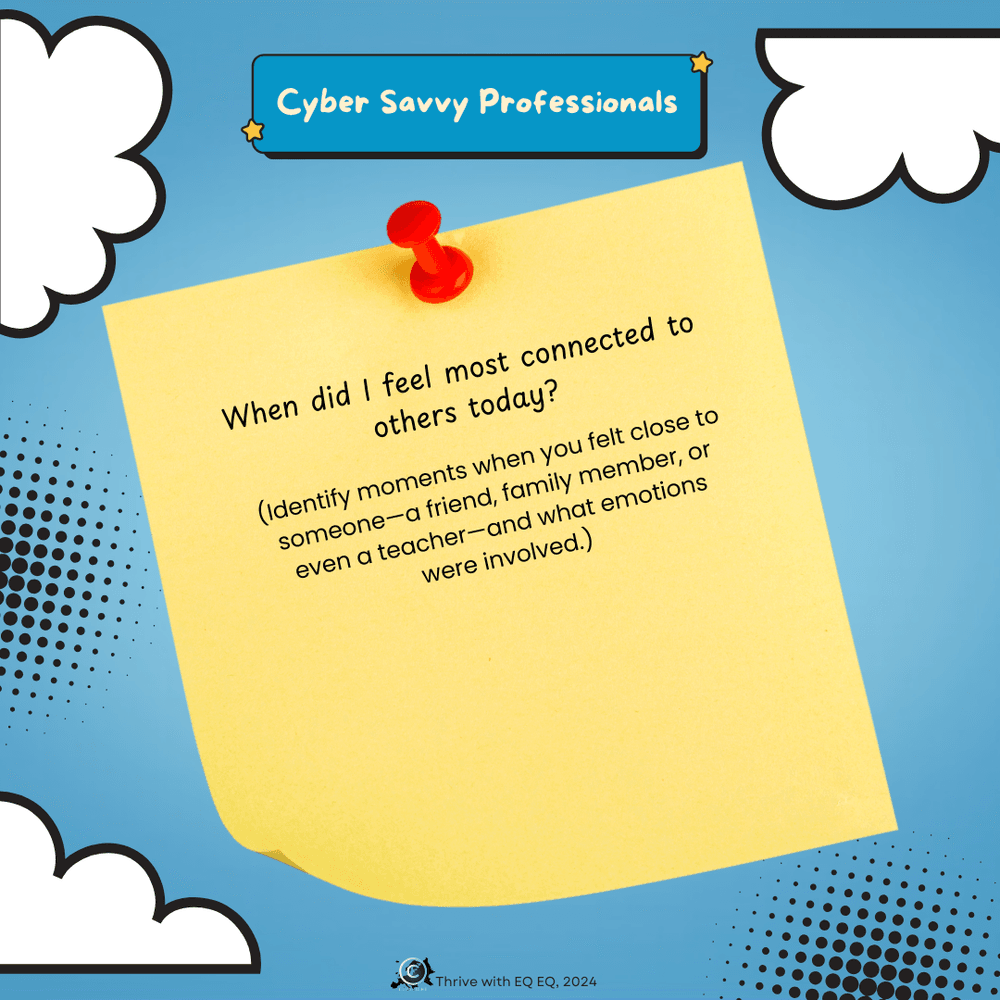Welcome back to Day 19 of your 30-Day Challenge to enhance your professional and personal well-being!
Today, we’re focusing on a crucial skill in both the workplace and at home: expressing emotions constructively. How we communicate our feelings can either build stronger relationships or lead to misunderstandings and conflict. By learning to express emotions in a clear, respectful, and constructive way, we can improve our communication, strengthen our connections, and create a more supportive environment, both professionally and personally.
Why Constructive Expression Matters:
In any setting—be it the office or at home—how you express your emotions significantly impacts your relationships. Constructive emotional expression helps prevent unnecessary conflicts, fosters mutual respect, and ensures that your needs are understood without creating defensiveness in others. This approach is especially valuable in the workplace, where clear, non-confrontational communication is key to effective teamwork and problem-solving.
Tools for Constructive Emotional Expression:
One of the most effective ways to express emotions constructively is by using specific sentence starters that help frame your feelings clearly and respectfully. These sentence starters guide you to communicate your emotions, the reason behind them, and what you need, all without assigning blame or causing defensiveness.
Here are some examples that can be used both at work and at home:
- “I feel... when... because...”(e.g., “I feel concerned when deadlines are missed because it affects our project timeline.”)
- “I need... because...”(e.g., “I need more clarity on the project goals because I want to ensure I’m aligned with the team’s expectations.”)
- “I appreciate it when...”(e.g., “I appreciate it when we collaborate closely because it leads to better outcomes and fewer misunderstandings.”)
Practice Through Real-Life Scenarios:
To get comfortable with these techniques, practice them in real-life situations. Whether in a team meeting, a one-on-one conversation with a colleague, or during a family discussion, consciously use these sentence starters to express your feelings and needs. Reflect on how the conversation changes when you use this approach and how it impacts the outcome.
The Benefits of Constructive Expression:
When we express our emotions constructively, we create an environment where everyone feels heard and respected. This approach reduces misunderstandings, builds trust, and fosters positive communication, whether in the office or at home. It also empowers you to share your feelings openly, knowing they’ll be met with understanding and constructive dialogue.
Action Item for This Week:
Commit to using the sentence starters whenever you need to express emotions this week. Pay attention to how this approach changes the way you communicate and how it influences your relationships, both at work and at home.
By mastering the art of constructive emotional expression, you’re taking a significant step toward healthier communication and stronger relationships in all areas of your life. This practice not only helps you handle challenges more effectively but also reinforces the emotional resilience that supports your professional and personal growth.
Let’s keep this momentum going—see you tomorrow for Day 20 of the Emotional Firewalls Challenge!








